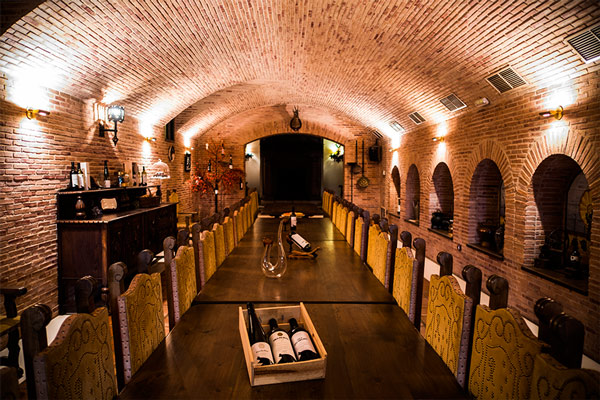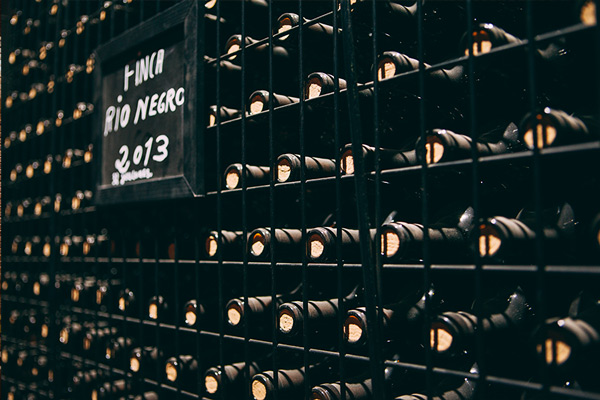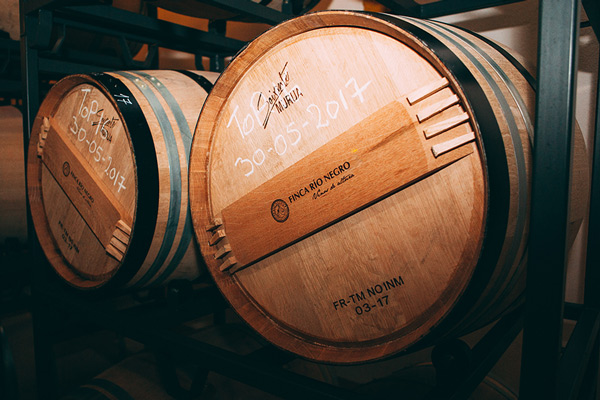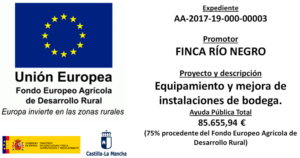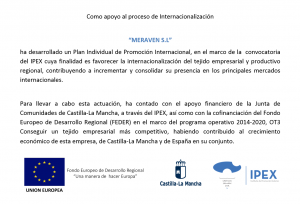FINCA RÍO NEGRO
HISTORY
Recover the viticulture tradition
Estate · Philosophy · Team
History of the winery
The history of this winery is José Manuel Fuentes’ story of passion for wine and his desire to return to his origins. A businessman, originally from Palencia, but who then settled in Madrid, José Manuel Fuentes decided to combine his great passion – wine -, with his childhood experiences in Cisneros, a town in the Tierra de Campos region, dedicated to cereals, sheep and vineyards.
In 1998, the first plot of only 0.6 hectares was planted with vines, since although the town’s history and the climate and soil studies were very promising, it was advisable to act with caution due to the unusual altitude and the fact that that since the 1960’s, when the farm’s old vineyard was uprooted, it had only been used for cereal and sheep farming, and there is no data on its winemaking potential. Fortunately, this plot fulfilled all initial expectations and has since then grown to become the 42 acres we boast today.
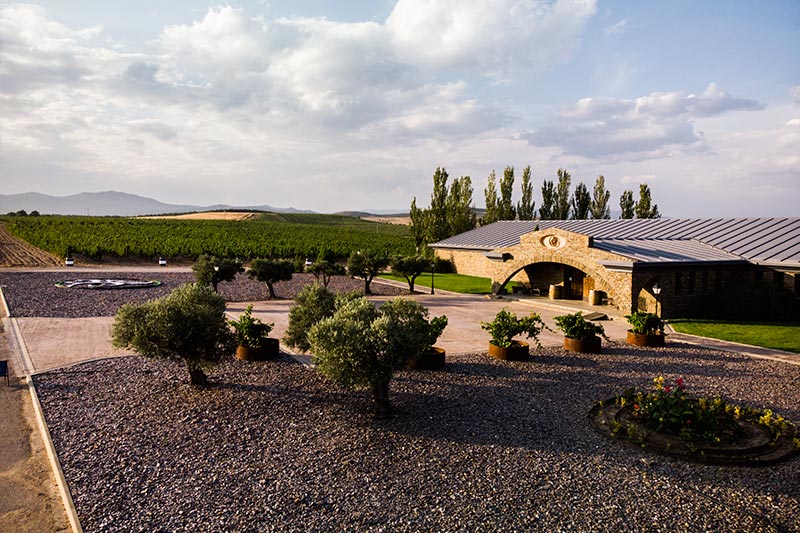
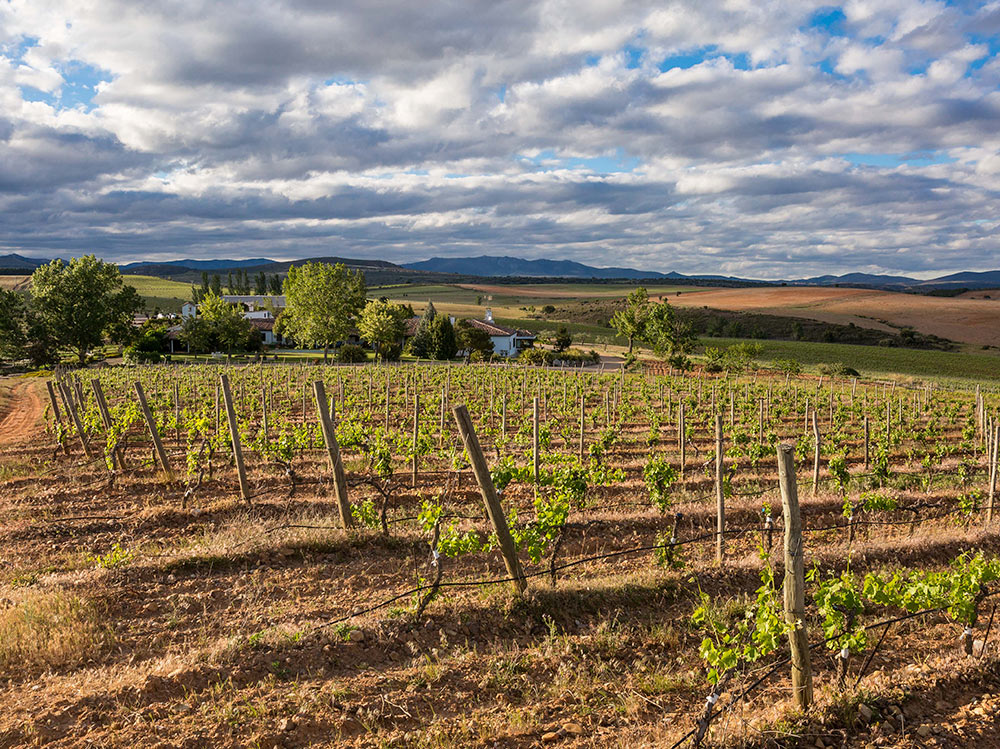
Twelve years later, in January 2010, the first “Finca Río Negro 2007” vintage was launched, obtaining no less than 92 points in the prestigious Peñín Guide. Since then the range of wines has been completed, always under the same premise; to achieve the best wine that this land could produce, with utmost respect to this unique place, which is reflected in its elaboration.
We currently market our wines in more than 20 countries, backed by awards obtained in the main international competitions and also reviews in the most prestigious magazines in the sector. We strive each day to keep improving every detail and every new vintage, always conscious of the importance of a very long-term vision, as is required by a dream of this nature and our family-owned winery.
Cogolludo and wine
A fundamental reason to choose the Finca Río Negro was undoubtedly the extraordinary relationship of Cogolludo with wine throughout history. Wine represented an engine of the economy of this village from the Middle Ages until the 1960’s when the exodus of the rural population to the cities lead to the abandonment of the villages and with it their fields and vineyards. Countless writings such as inheritances, purchases and donations by the Dukes of Medinaceli to different family members or servants bear witness to these facts. Especially relevant are the chronicles of the first trip Felipe el Hermoso made to Spain and in which reference is made to the beauty of the Palacio de Cogolludo, referring to is as “the richest lodging in Spain …” whilst also praising the quality of the wines they enjoyed there.
The recovery of this vast winegrowing tradition of Cogolludo is a fundamental pillar and, as its main objective, the recovery of a variety of grapes recently discovered by the IRIAF (Regional Agricultural and Forestry Research and Development Institut, Castilla-La Mancha), precisely in an old Cogolludo vineyard, that has been genetically proven not to correspond with any other variety known in the world.
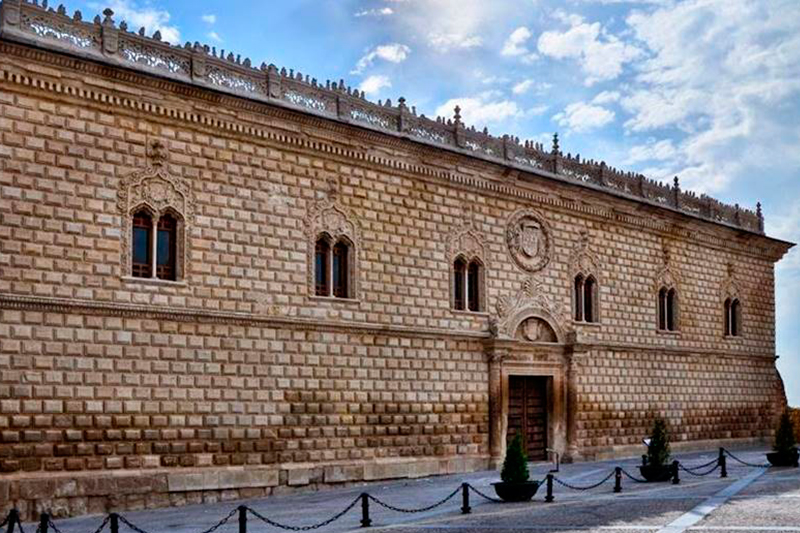
“Ninguna persona sea osada de meter de fuera en esta Villa en cueros, ni de otra manera alguna, so pena de perder el vino…y más que le rompan los cueros y los pongan en picota”…Ordenanza Municipal Medieval, Cogolludo.
En la edad media existían ordenanzas municipales que prohibían la entrada a Cogolludo de vinos de otras zonas, ”Ninguna persona sea osada de meter de fuera en esta Villa en cueros, ni de otra manera alguna, so pena de perder el vino…y más que le rompan los cueros y los pongan en picota”.
Racimos de uvas ocupan un lugar prioritario en la fachada del primer Palacio Renacentista de España “El Palacio de los Duques de Medinaceli”, situado en Cogolludo y que fue construido hacia el año 1492.
Otro dato que evidencia la importancia del vino en la comarca, es el catastro de Ensenada, ordenado por Felipe VI en 1749, en el que se determina que 1/3 de todo el término de Cogolludo estaba dedicado a la viña.
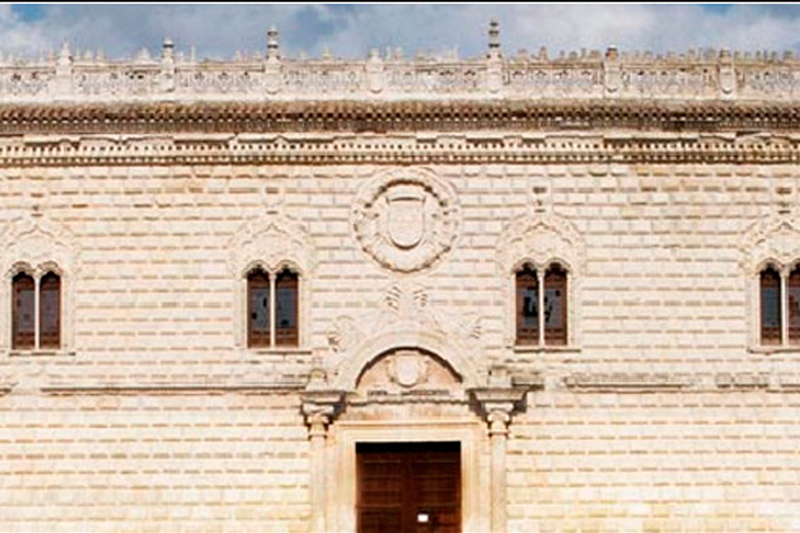
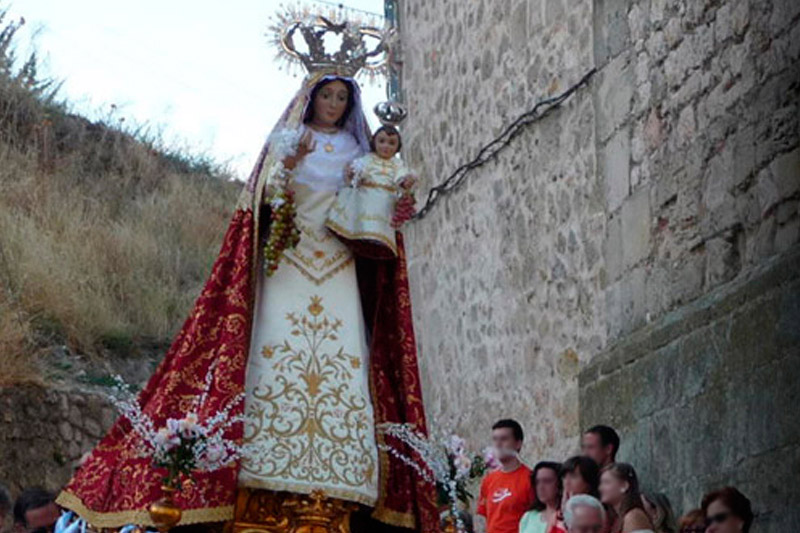
Infinidad de escritos a lo largo de la historia así lo atestiguan, como herencias, compraventas y donaciones de los Duques de Medinaceli a diferentes familiares o sirvientes. Especial relevancia tiene el libro del primer Viaje que Felipe el Hermoso realizo para conocer España (1501) y en el que se hace referencia a la belleza del Palacio de Cogolludo “El más rico alojamiento de España” y a la calidad de los vinos que allí disfrutan.
La Virgen de los Remedios, patrona del Cogolludo, va sentada en una cepa y lleva un racimo de uvas en la mano, al igual que lo lleva el niño Jesus que va en su regazo.
Aún hoy, se conservan los “caños” -pequeñas bodegas subterráneas-, en infinidad de casas antiguas de Cogolludo.
share our passion
SUSCRIBE TO NEWSLETTER
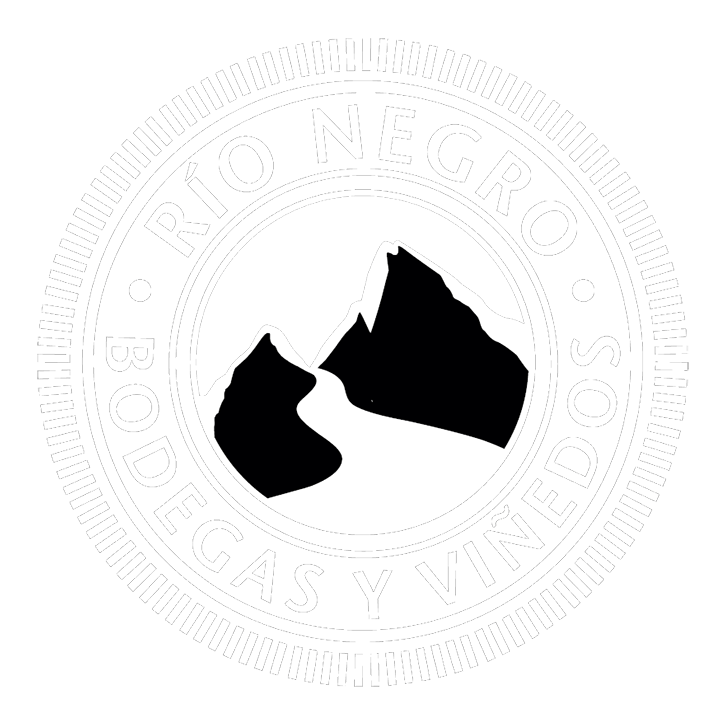
![]()
Ctra. CM-1001, km 37,4. 19230 Cogolludo, Guadalajara. España.
Phone: +34 913 022 648 / +34 687 978 652
Email: info@fincarionegro.com
Schedule: Lunes - Domingo: 9:00 a 18:00h.

EUROPEAN REGIONAL DEVELOPMENT FUND
A WAY TO MAKE EUROPE
FINCA RIO NEGRO within the framework of the Export Initiation Program of ICEX, has had the support of ICEX and with the co-financing of the European FEDER fund. The purpose of this support is to contribute to the international development of the company and its environment.

